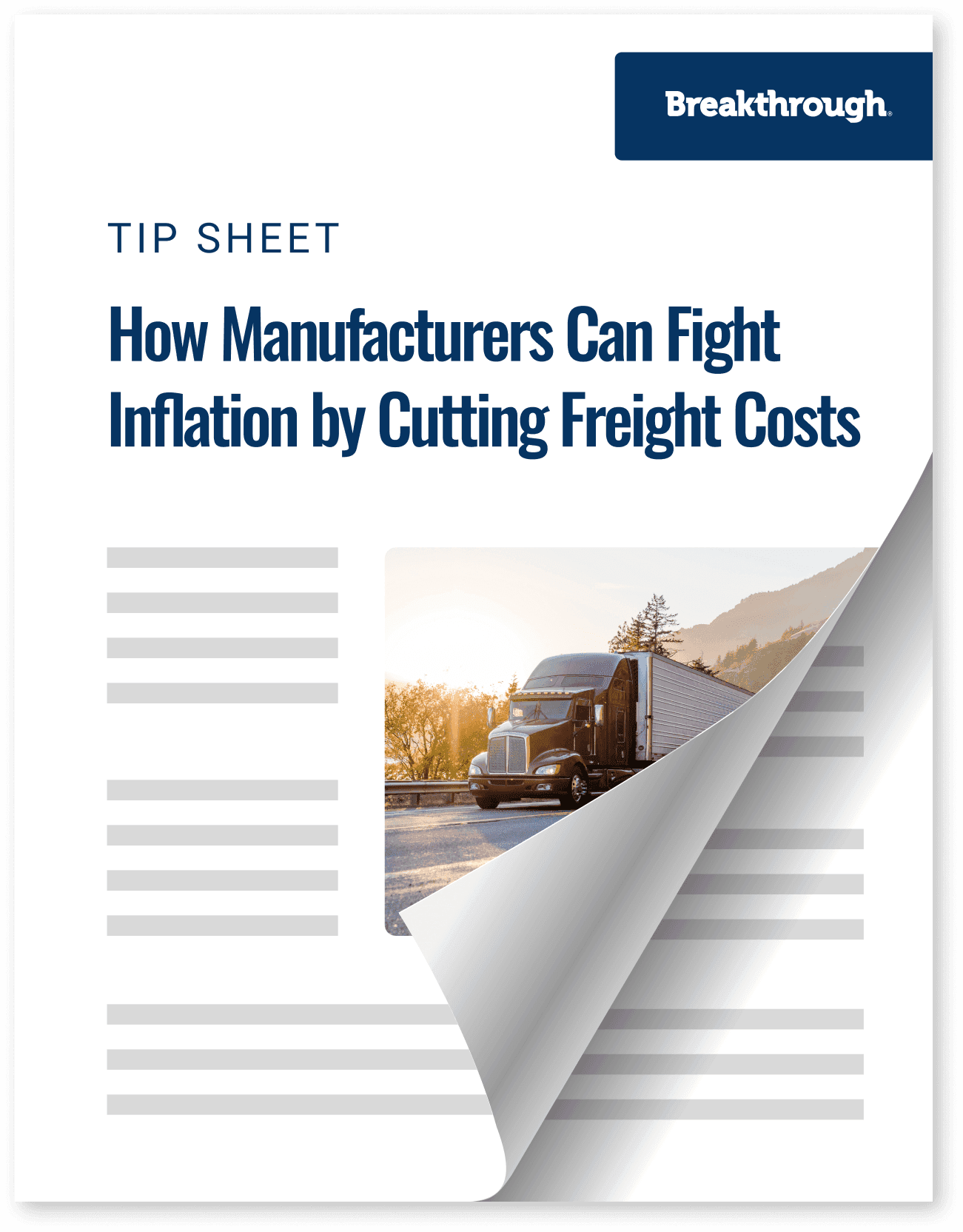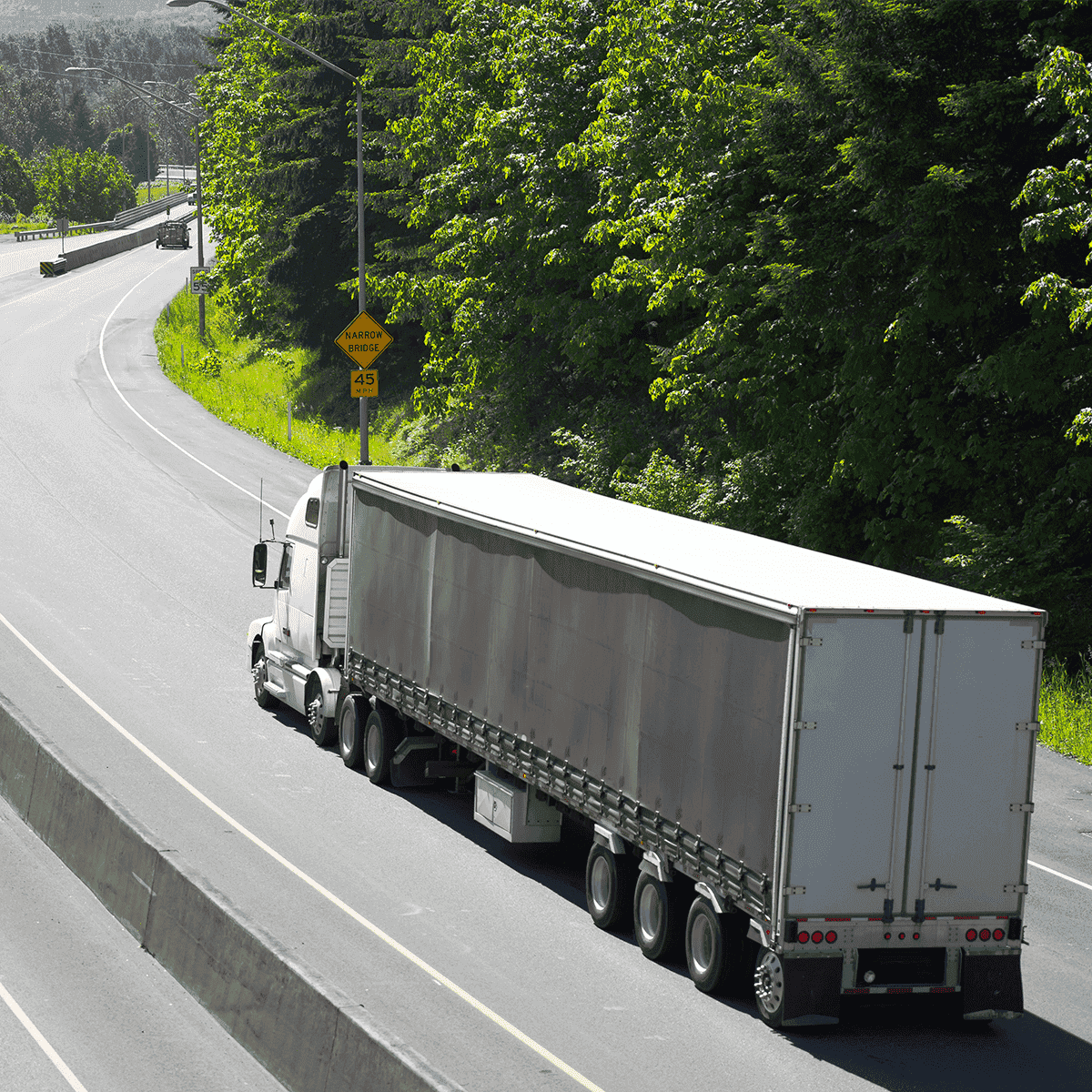Cómo pueden los fabricantes combatir la inflación reduciendo los costes de flete

Tendencias
Top Posts
Sostenibilidad y tecnología
Conozca el crédito fiscal 45Z para la producción de combustibles limpios
5 min de lectura
octubre 3, 2025
Eventos de mercado
¿Por qué se mantiene el precio del gasóleo cuando baja el del crudo?
6 min de lectura
octubre 2, 2025
Eventos de mercado
Preparación para las nuevas leyes de divulgación climática de California
5 min de lectura
septiembre 30, 2025
8 min de lectura
agosto 21, 2020

Compartir:
Tabla de contenido
Revisa la tabla de contenido para ir directamente a la parte que estás buscando
La tecnología de energías alternativas se ha infiltrado en casi todos los aspectos del mundo en que vivimos y ha abierto un camino hacia el cambio del que muchos siguen sin estar seguros.
Esto es especialmente cierto en el caso de la energía alternativa para el transporte. Mientras que los datos de 2018 muestran que el diésel todavía tenía el 93% de la cuota de mercado de la cartera de combustibles de Estados Unidos, los nuevos tipos de energía están cada vez más disponibles y movilizados en escenarios del mundo real. Desde los vehículos eléctricos hasta el gas natural, pasando por los coches impulsados por baterías y las energías renovables, los avances en los vehículos de energía alternativa están en el horizonte, y la industria es increíblemente optimista sobre el futuro de las soluciones de transporte sostenible.

Para ver ejemplos del estado actual de estas alternativas, lea sobre Postura de Nikola sobre el uso de vehículos eléctricos en el transporte, la viabilidad del transporte con GNC, y una visión general de biodiesel y diésel renovablel.
En medio del entusiasmo por las energías alternativas, sin embargo, existen retos en la industria del transporte que tienden a ser constantes independientemente de la fuente de energía alternativa que se esté evaluando. Se trata de retos a gran escala que la industria del transporte debe afrontar colectivamente para hacer posible su adopción generalizada.
Los cuatro retos principales que crean barreras para una amplia aceptación y uso de la tecnología de energías alternativas en el transporte incluyen:
Las nuevas tecnologías casi siempre requieren un alto nivel de inversión de capital inicial. La implantación de una tecnología en su fase inicial es casi siempre increíblemente cara. Tanto los vehículos que la utilizan como la propia energía requieren una inversión de capital por parte de un amplio abanico de interesados comprometidos de todo corazón con el objetivo.
Cuando se alcancen las versiones finales de la tecnología, se necesitará financiación adicional para que esté disponible comercialmente a gran escala. Esto se manifiesta primero con proyectos piloto y luego con su introducción en condiciones de muestra que requieren el apoyo de todas las partes interesadas. Sólo los puntos de prueba en el mundo real elevarán estas opciones para la producción en masa.
Por ejemplo, BYD tienen camiones pesados de clase 8 en la carretera, pero el periodo de amortización en comparación con un camión diésel es significativamente mayor.Necesitarán incentivos estatales y financiación para mejorar los equipos y poder penetrar en el mercado y competir con las energías convencionales, como el gasóleo.

A un alto nivel, la viabilidad económica viene dada por la capacidad de reducir el coste continuo de la energía para recuperar los costes adicionales de equipamiento de los vehículos alternativos. El sencillo modelo anterior muestra el coste global de equipamiento, mantenimiento y energía por kilómetros recorridos. (No se incluye el valor residual del equipamiento. Se incluye el coste de mantenimiento del diésel de 0,17 $/milla.
Mantenimiento del GNC = diésel + 0,02 $/milla, mantenimiento del BEV = diésel - 0,01 $/milla).
Incluso después de un uso más amplio, estas nuevas tecnologías seguirán siendo caras hasta que se produzca una adopción suficiente en el mercado para equilibrar la oferta y la demanda.
Este proceso crea un bucle de retroalimentación positiva: los altos costes mantienen a raya a los inversores, a la espera de que los primeros en adoptarlas inicien el movimiento. Pero sin ellos, los costes siguen siendo elevados. Incluso en el caso de las alternativas más utilizadas, las primeras aplicaciones proceden de unos pocos pioneros, y su uso generalizado aún está por ver si se considera el panorama del transporte en su conjunto.

La construcción de nuevas estaciones de GNC alcanzó su máximo en 2014 con 163 unidades. Desde entonces, el número de nuevas estaciones disminuye cada año consecutivo. Sólo hay 30 nuevas estaciones registradas hasta 2018 y 11 nuevas estaciones en 2019. La infraestructura en los espacios de celdas de combustible de hidrógeno y eléctricos aún no se ha desarrollado.
Dado que la adopción de una nueva tecnología de energía para el transporte resulta ser un proceso relativamente lento, el desarrollo de una infraestructura adecuada para apoyarla, a su vez, lleva tiempo. Hasta la fecha, la infraestructura sigue siendo uno de los mayores retos a los que se enfrenta la industria del transporte para adoptar plenamente la batería eléctrica, las pilas de combustible de hidrógeno, el GNC, el GNR y otros tipos de combustible.
Puede ser difícil motivar el desarrollo de estaciones de servicio a gran escala cuando los vehículos que aprovechan la tecnología no se utilizan ampliamente. Además, convencer a los cargadores o transportistas para que compren sistemas de propulsión que no tienen un acceso más amplio a la energía necesaria para funcionar también es difícil de vender.
Esto nos lleva de nuevo a la cuestión del coste, donde se produce una danza similar a la teoría del juego sobre quién invertirá primero en infraestructura. Si la industria puede comprometerse colectivamente a desarrollar infraestructuras, el beneficio para todas las partes será mayor. Esto no quiere decir que la infraestructura esté estancada.
Algunas organizaciones están trabajando para mitigar esta situación, como Nikola Motors que se esfuerza no sólo por proporcionar el vehículo, sino también por construir la infraestructura.
Cada año, nuevos avances en combustibles y equipos hacen que el panorama de las energías alternativas sea más eficiente y más idóneo para su implementación en aplicaciones reales. Sin embargo, esto plantea diferentes retos. ¿Cómo se mantienen al día las empresas? Parece que el último modelo sale al mercado antes incluso de que la tecnología anterior tenga la oportunidad de afianzarse en el mercado.
Para combatir los breves ciclos de vida de las nuevas tecnologías, es esencial la colaboración en torno a la estandarización. El sector tiene que decidir "¿a qué nos estamos conectando?" y "¿cómo podemos conectar y funcionar con el equipo y el hardware que existe actualmente?"
Los fabricantes tienen que encontrar soluciones que no exijan a los consumidores -ya sean cargadores, transportistas u otros- reinvertir desde la base cada vez que cambia la tecnología.
Por ejemplo, muchos programas de telemática y gran parte de la tecnología actual de vehículos conectados se han trasladado del propio equipo a la nube, de modo que las actualizaciones se pueden realizar a través de la tecnología de ondas de aire, eliminando la necesidad de reinvertir en el siguiente modelo año tras año.
Este problema es particularmente difícil para los coches y camiones eléctricos. Empresas como Tesla, BYD, y Daimler todas tienen modelos con capacidades únicas, pero cada una ofrece diferentes requisitos de carga y, por tanto, requiere una infraestructura energética diferente. Si éstas estuvieran estandarizadas, el problema de la infraestructura se minimizaría.
Si bien las finanzas, la economía y las políticas son fáciles de señalar como retos debido a su naturaleza cuantitativa, el simple conocimiento de cómo funciona cada tecnología, los planes de acción para implementarlas, la formación de los conductores de camiones y su efecto en la industria deben ser una prioridad. Si los inversores y los principales actores del panorama de las energías alternativas no disponen de la información y la formación adecuadas, es mucho menos probable que entren en el juego.
Como declaró Elizabeth Fretheim, responsable de desarrollo empresarial de Nikola Motors, en una entrevista anterior sobre los vehículos eléctricos, "la tecnología será viable desde el punto de vista empresarial", y no simplemente como medida de sostenibilidad.
Por otra parte, educar al público para fomentar la aceptación y reducir los temores infundados ayudará a facilitar el compromiso con los nuevos programas. Dado que se trata de tecnologías con las que el público interactuará directamente en la carretera, su apoyo tiene un enorme poder de permanencia cuando se trata de asumir riesgos e invertir en nuevas tecnologías.
Sin la demanda de transparencia en las cadenas de suministro sostenibles por parte del consumidores de bienes, es difícil motivar a las organizaciones para que superen los retos aquí expuestos.
Aunque estos retos son muy reales y afectan a la industria del transporte en general, no es imposible superarlos. Muchas organizaciones se han comprometido a afrontarlos. La inversión está aumentando, y algunas empresas han prometido su compromiso encargando nuevos equipos, anunciando planes de futuro y reduciendo el uso actual de combustibles fósiles.
La colaboración está floreciendo, ya que todos los miembros de la comunidad del transporte tienen el mismo objetivo: seguir siendo viables económica y funcionalmente, independientemente de cómo sea el panorama energético dentro de diez años. Por esta razón, se puede afirmar que el sector es consciente de estos retos y se unirá para superarlos en el futuro.
5 min de lectura
octubre 3, 2025
Comprenda el crédito fiscal 45Z, sus recientes cambios y su impacto en el GNR, el diésel renovable y el biodiésel. Aprenda cómo afectará a sus objetivos de sostenibilidad.
Leer más
6 min de lectura
octubre 2, 2025
La evolución de los precios del gasóleo se mantiene a pesar de la caída de los costes del crudo. Descubra los factores clave, desde los márgenes de las refinerías hasta los bajos inventarios, que determinan el mercado actual.
Leer más
5 min de lectura
septiembre 30, 2025
Descubra los pasos clave para el cumplimiento de la Ley de Divulgación Climática de California. Aprenda a prepararse para los requisitos de información SB 253 y SB 261.
Leer más